Art & Exhibitions
See the First US Exhibition of Edgar Degas’s Monotypes in Fifty Years
Some 120 of the artist's prints will be on view.
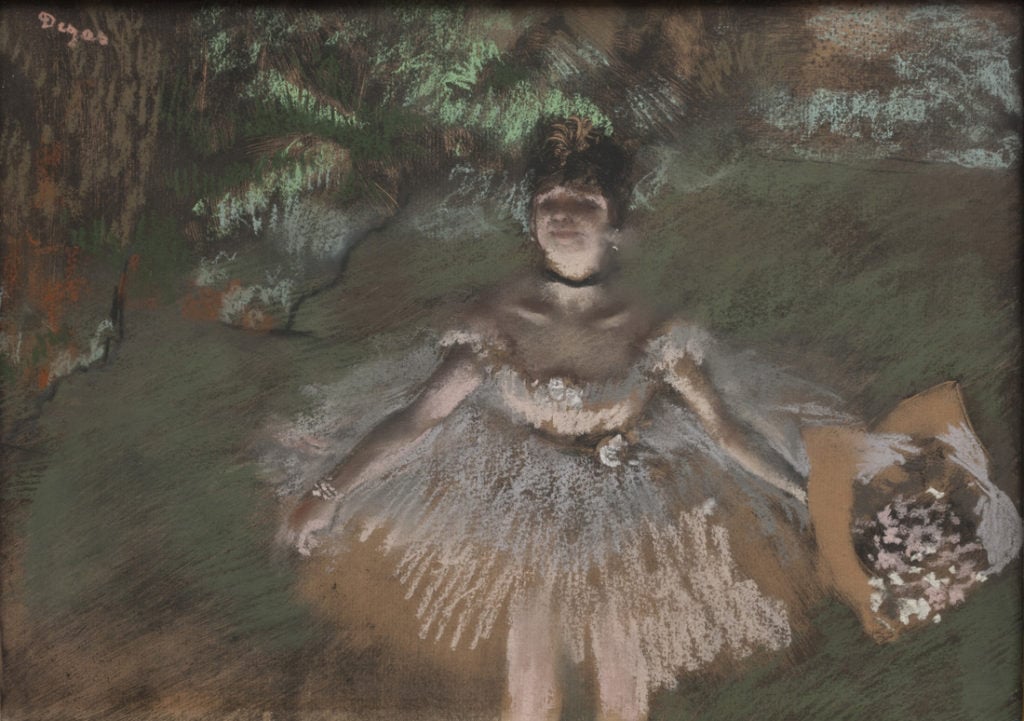
Photo: Courtesy of the Museum of Modern Art.
Some 120 of the artist's prints will be on view.

Rain Embuscado

If the name Edgar Degas brings to mind Impressionist paintings of ballerinas, an upcoming summer exhibition at New York’s Museum of Modern Art (MoMA) might expand your understanding of the artist’s oeuvre. In what’s sure to be a welcome and refreshing break from the painter’s visions in oil, “A Strange New Beauty” draws attention to roughly 120 of the artist’s monotypes.
It turns out Degas was pretty fond of the process, having made over 300 monotype prints between the mid 1870s and the mid 1890s. The exhibition title comes from the writings of poet Stéphane Mallarmé, who admired the “strange new beauty” of Degas’s works.
According to MoMA, the upcoming show, which premieres this Saturday, March 26, marks the first US exhibition of the French artist’s monotypes in fifty years.
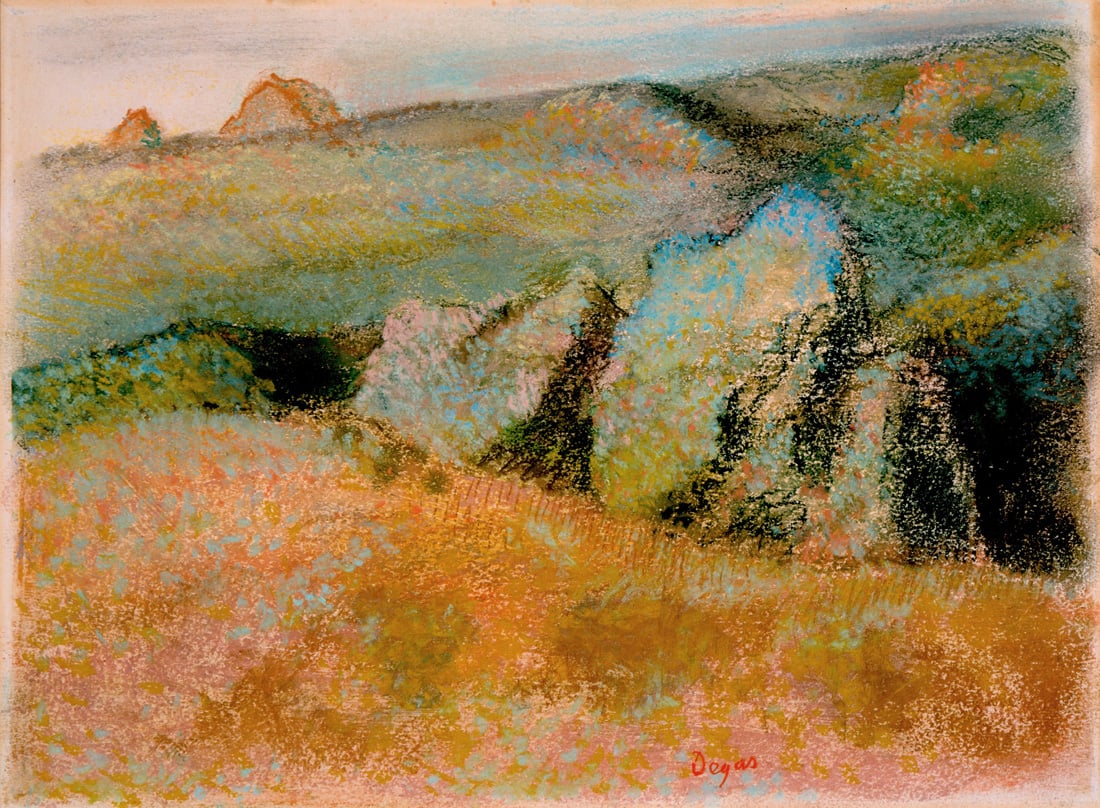
Edgar Degas, Landscape with Rocks (1892).
Photo: Courtesy of the Museum of Modern Art.
There’s also plenty to enjoy for fans who are unwilling to expand their horizons beyond Degas’s paintings and drawings: The monotypes will be accompanied by a range of 60 related works across all of Degas’s mediums, including pastels, prints, and sketchbook studies.
In a promotional video for the exhibition, MoMA senior curator Jodi Hauptman, who organized the show, described Degas’s first encounter with the process: “Degas was introduced to the monotype in the mid-1870s by his friend, the artist and printmaker Ludovic Lepic,” she explained. “They made Degas’s first monotype together.”
To provide a linear sense of the artist’s exploration of (and progression in) the process, the works on view will be displayed in chronological order. The prints, MoMA declared in a statement, “show Degas at his most modern, capturing the spirit of urban life; depicting the body in new and daring ways; liberating mark-making from tradition; and boldly engaging the possibilities of abstraction.”
See more works from the exhibition below:
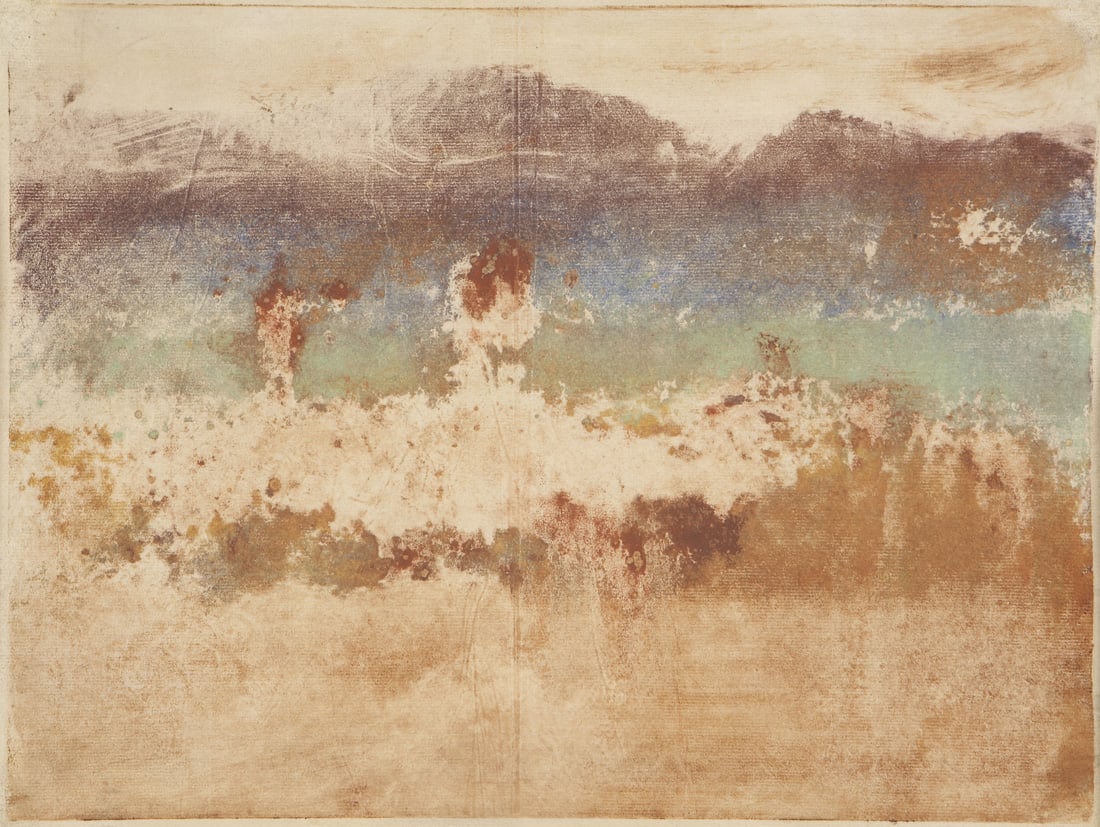
Edgar Degas, Autumn Landscape (1890).
Photo: Courtesy of the Museum of Modern Art.
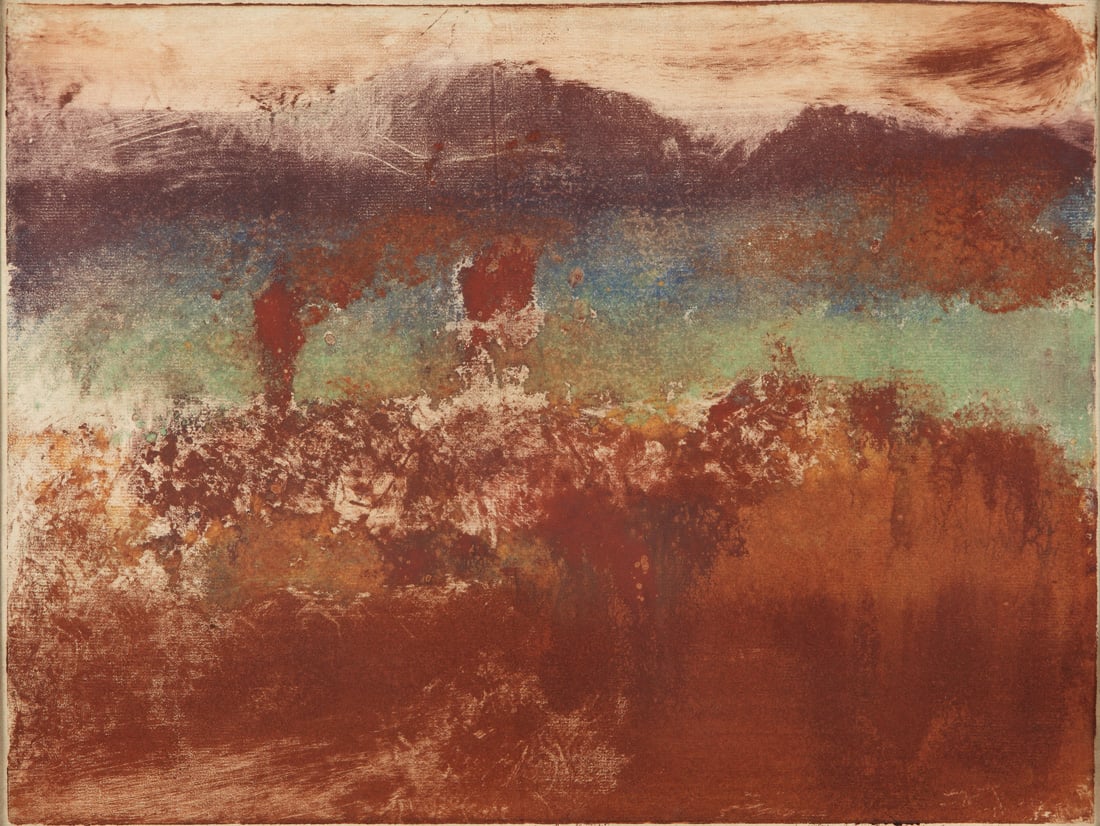
Edgar Degas, (1890).
Photo: Courtesy of the Museum of Modern Art.

Edgar Degas, Forest in the Mountains (1890).
Photo: Courtesy of the Museum of Modern Art.
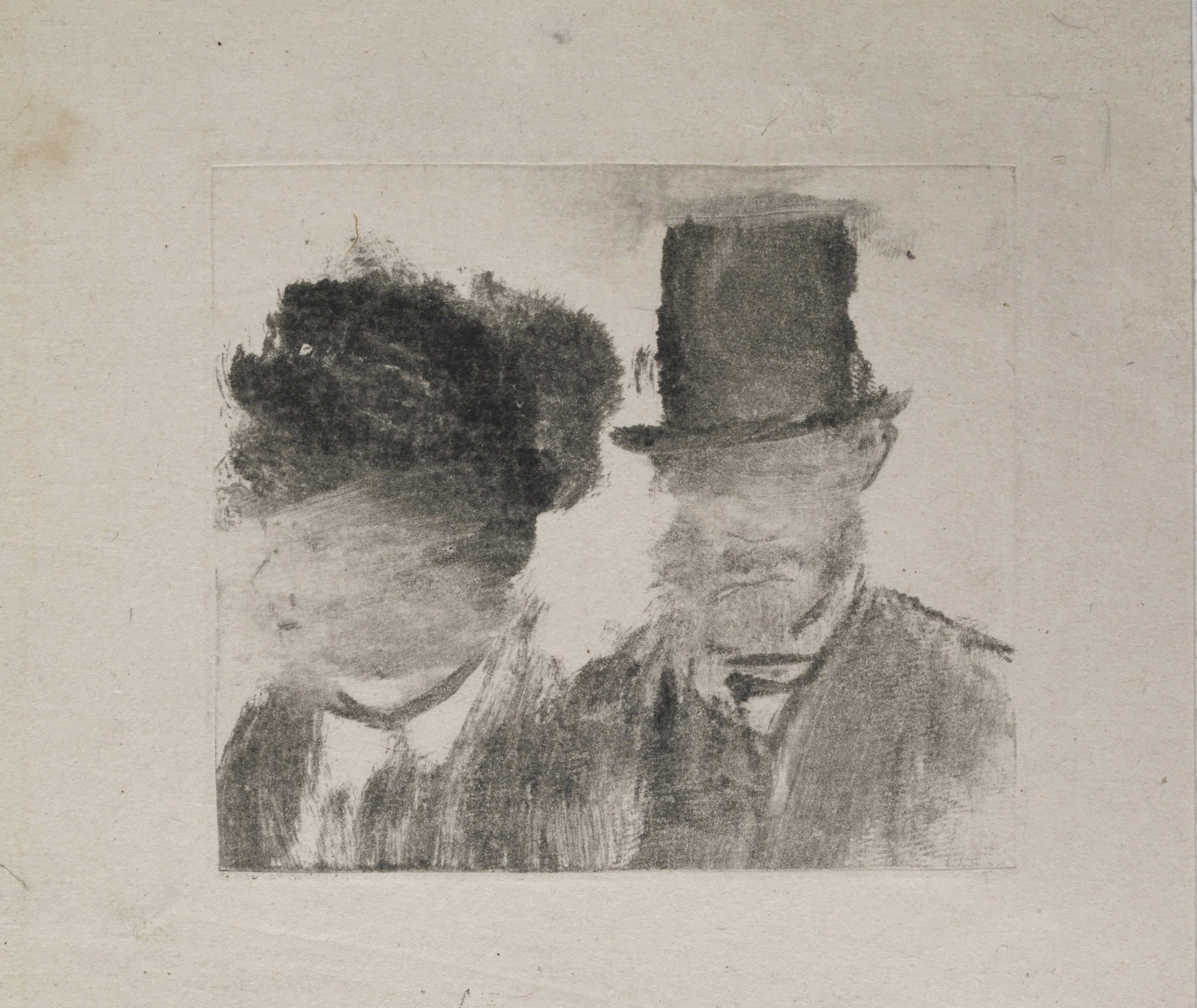
Edgar Degas, Heads of a Man and a Woman (1877–80).
Photo: Courtesy of the Museum of Modern Art.
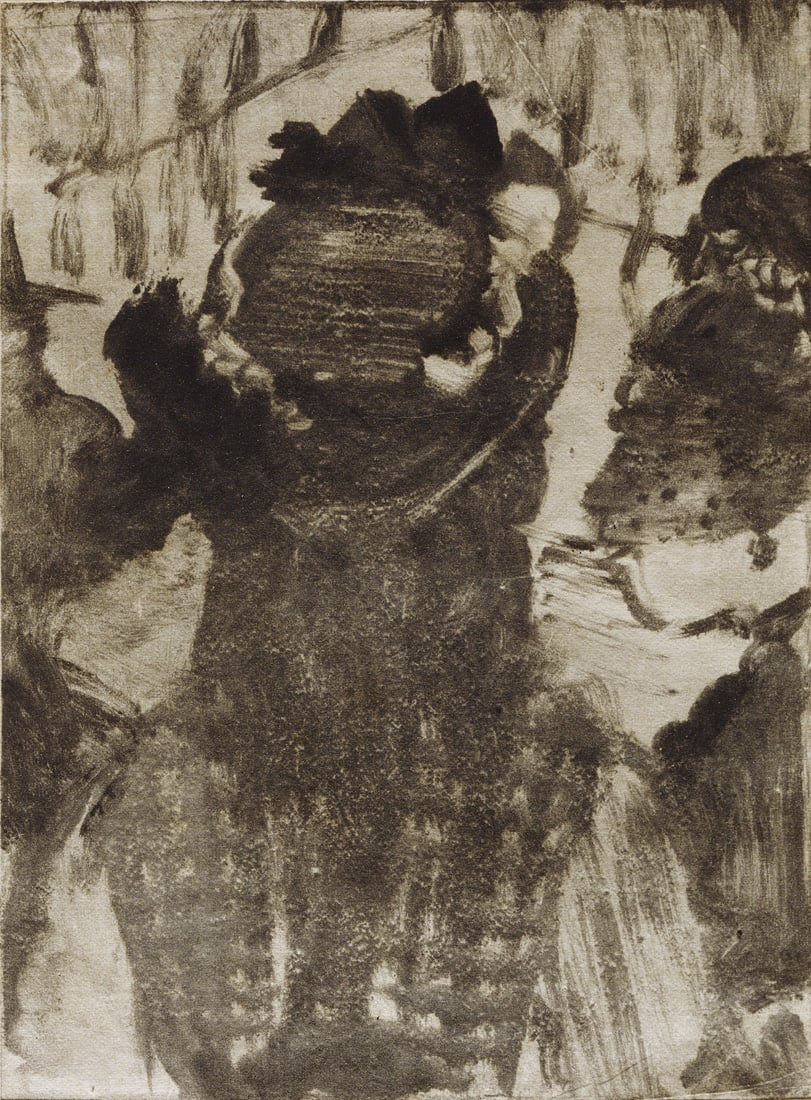
Edgar Degas, On the Street (1876-77).
Photo: Courtesy of the Museum of Modern Art.
“Edgar Degas: A Strange New Beauty” is on view at the Museum of Modern Art, March 26–July 24, 2016.
Follow artnet News on Facebook.